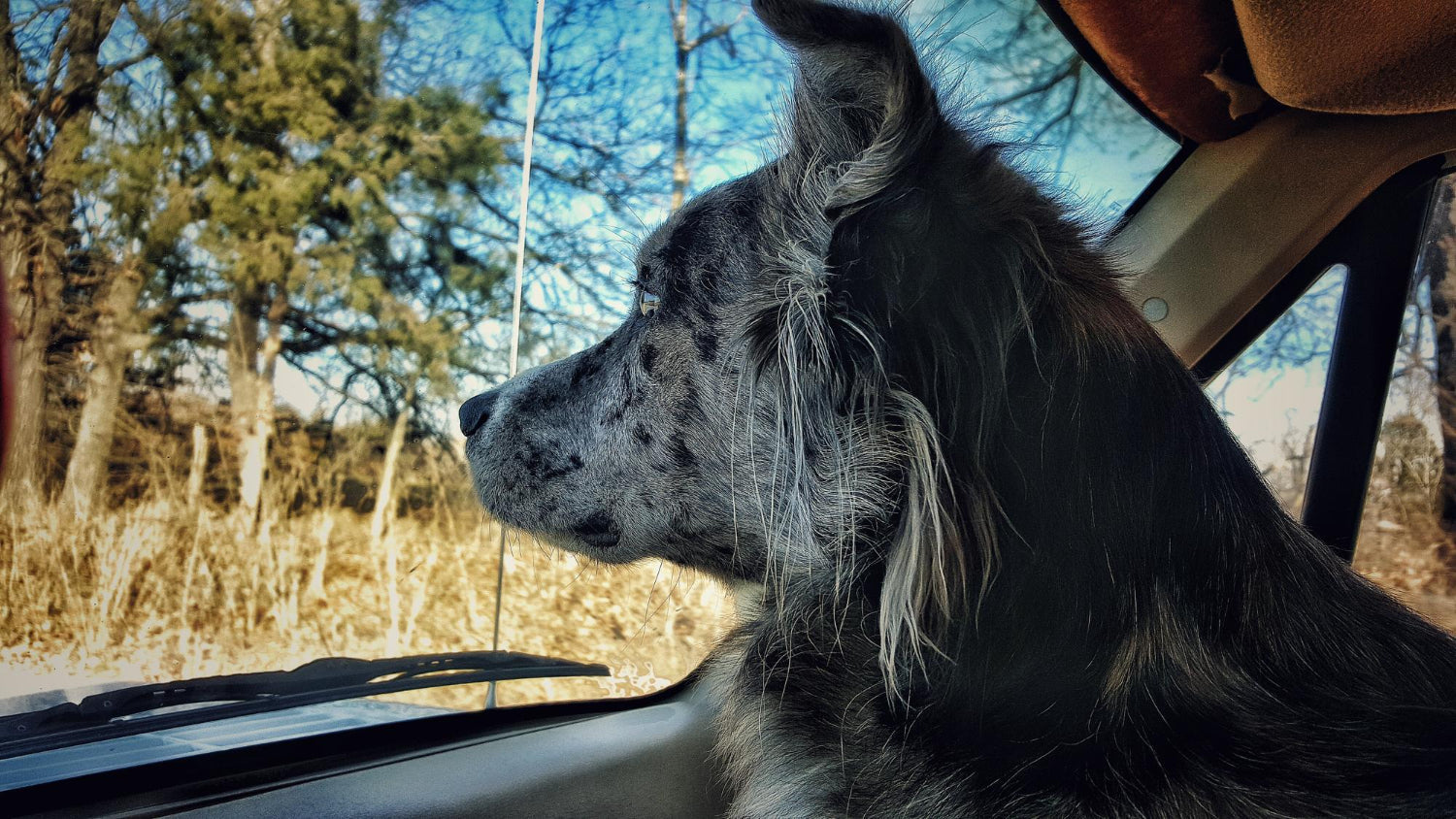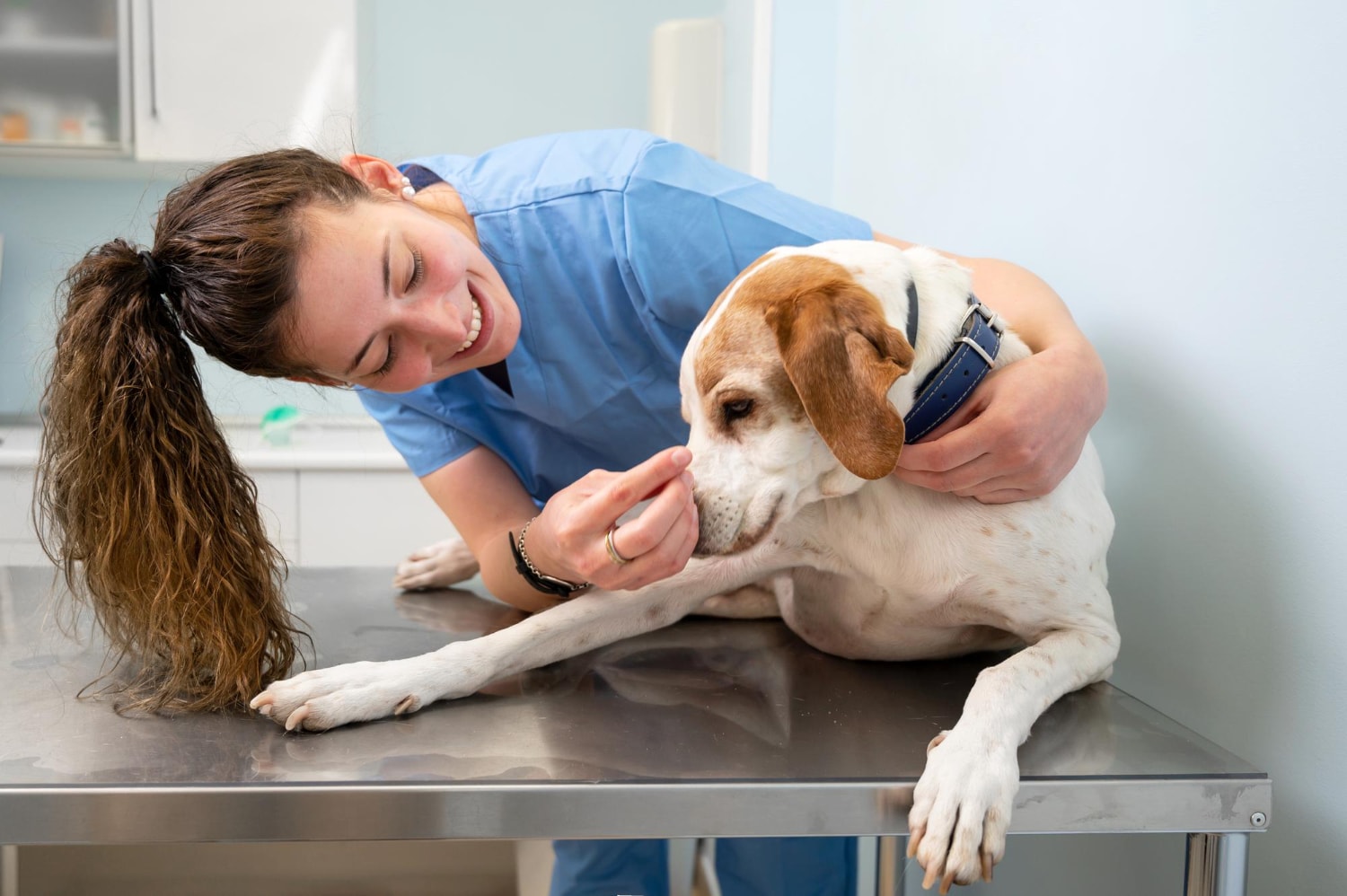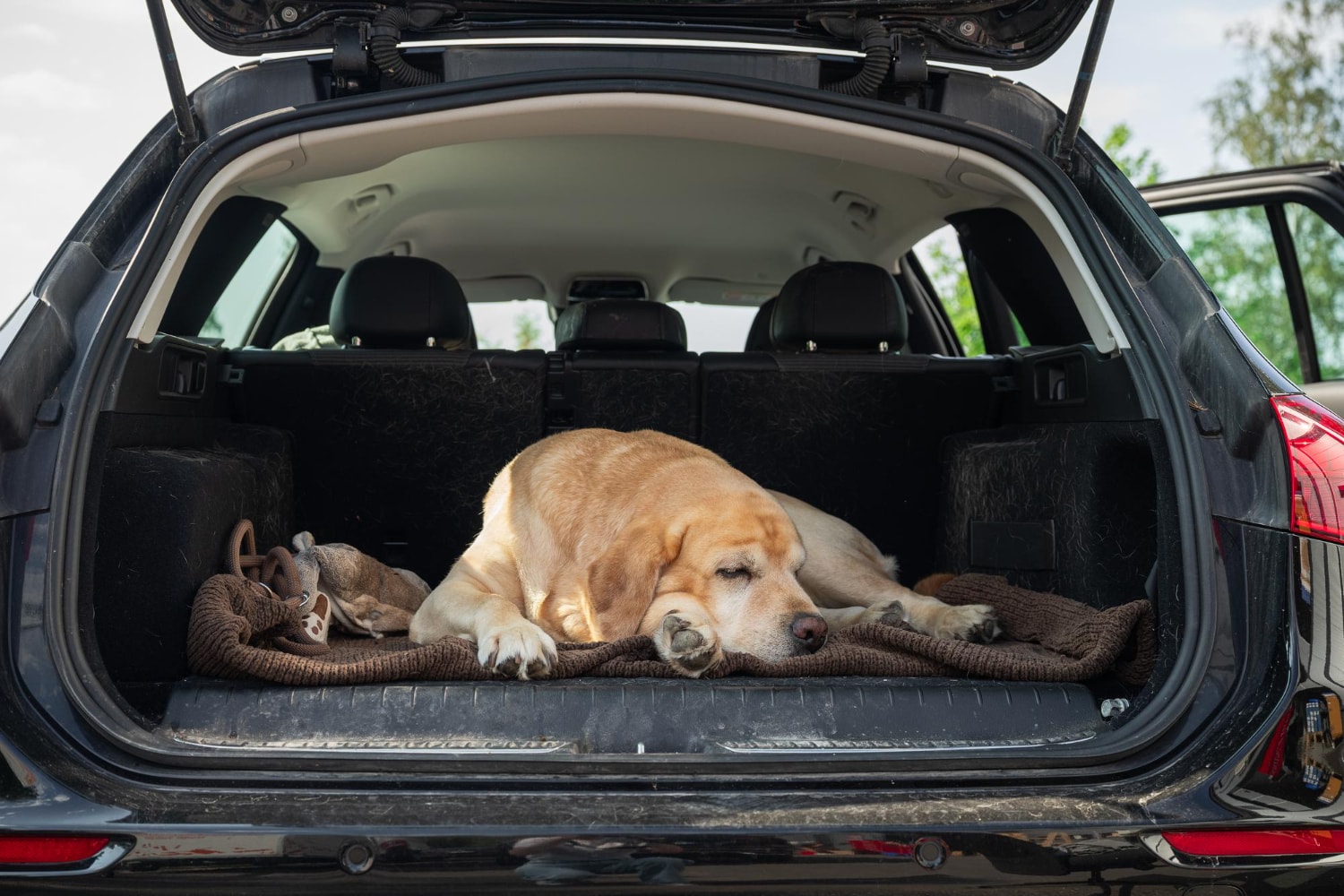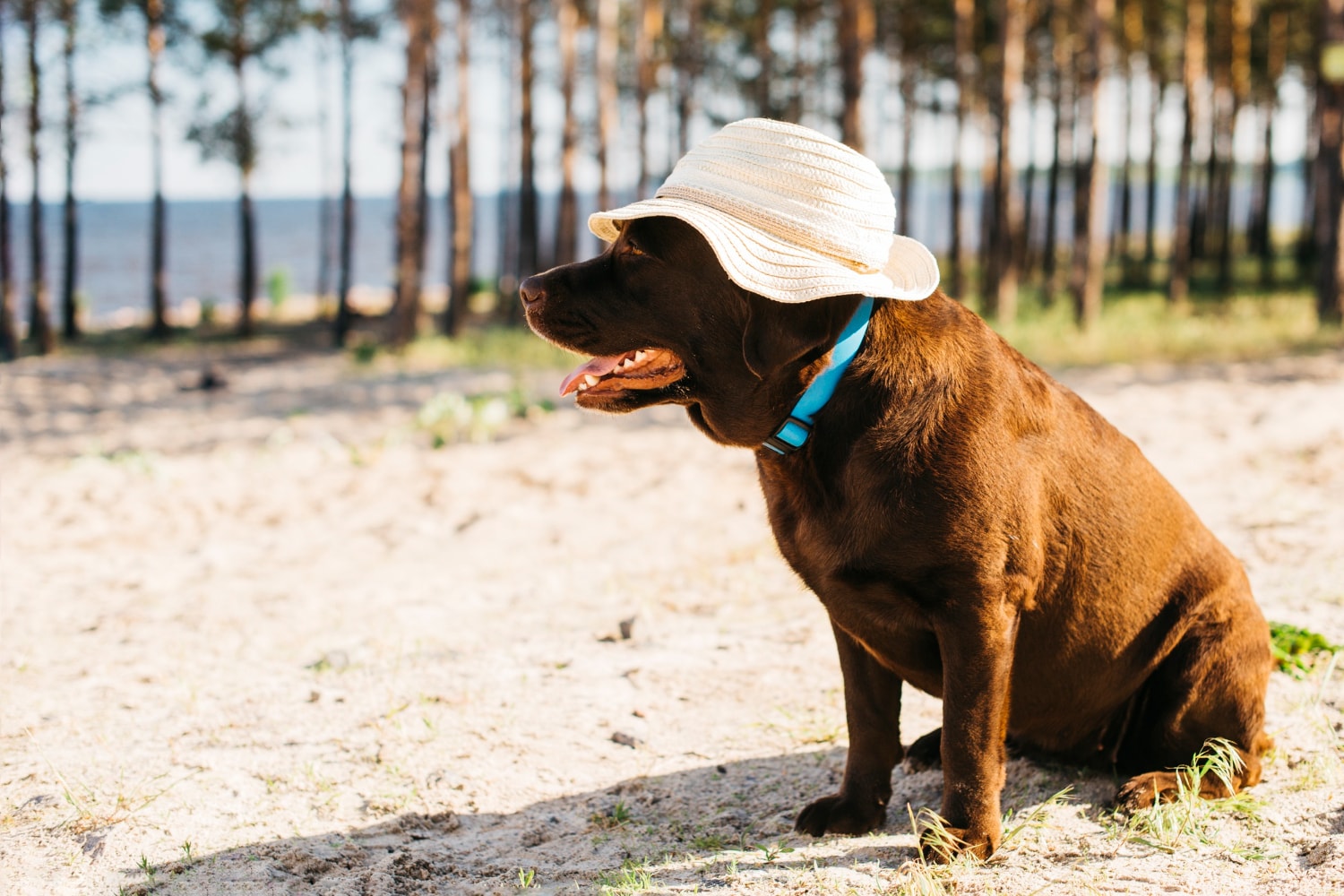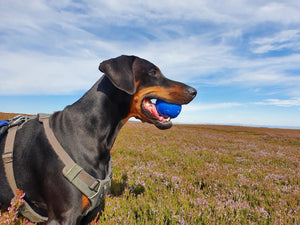There are two types of dogs on road trips: the ones who stare out the window like a zen monk contemplating life, and the ones who treat every passing tree as a personal attack. Whichever type you own, a long drive through Australia can be incredible — if you’re prepared.
Here’s your complete guide to making sure your four-legged co-pilot is safe, comfortable, and not plotting to chew through your seatbelt halfway to Coral Bay. This article covers dog road trip essentials in Australia, responsible pet owner tips, and practical ways to make the entire trip enjoyable for both you and your furry friend.
TL;DR – Jump to a Section
-
The Pre-Trip Health Check
-
Creating a Canine Travel Suite
-
Packing the Road Trip Essentials
-
Mastering the Art of the Road Stop
-
Surviving the Aussie Heat
-
Making the Journey Fun
-
Frequently Asked Questions
- Final Thoughts
Step One: The Pre-Trip Health Check
Think of this as your dog’s pit stop before the big race. A quick visit to the vet can save you from roadside dramas later. Ask about:
-
Vaccinations and parasite protection: Fleas and ticks are basically Australia’s version of “unwanted hitchhikers.”
-
Fitness for travel: Older dogs or those with health conditions may need extra planning. Keeping your dog healthy and up to date with their records ensures a smoother journey.
-
Motion sickness: Yep, dogs get it too. Your vet can suggest remedies if your pup turns green on winding country roads.
It may feel like an extra step, but catching these things early is much better than discovering your dog hates long car rides halfway up Highway 1. For added safety, make sure your dog’s microchip details and ID tags are correct before setting off.
Step Two: Creating a Canine Travel Suite
Your dog deserves better than just “the back seat.” Setting up a proper travel space makes life easier for both of you. Depending on your pup’s size and temperament, consider:
-
A secured crate or pet carrier for smaller or anxious dogs.
-
A seatbelt harness to keep them safe, but still able to sit and lie down during car travel.
-
A back seat hammock cover if you’d prefer not to drive in a sea of fur and pawprints.
The key is safety — both for them and for you. A loose dog in the car isn’t just distracting, it’s dangerous. Plus, a comfy dog bed, their favourite blanket, or even a couple of favourite toys can make the car feel more like “home” and less like a moving prison on wheels.
Step Three: Packing the Road Trip Essentials
Here’s where many owners either under-pack and forget the basics or over-pack like they’re taking their dog on a six-month expedition. Really, you just need the essentials: sufficient food and fresh water for the trip (with a little extra in case of delays), something to drink out of, a sturdy leash, poop bags or waste bags, and a secure dog collar.
A small pet first aid kit (with antiseptic wipes) is smart insurance, while a favourite toy (nothing beats anxiety like a chew toy) or your dog's favourite blanket can provide comfort in unfamiliar surroundings, and keep your dog occupied. Think of it as a pet travel checklist: pack what keeps your dog safe, hydrated, and comfortable, without overloading your car’s interior. A dog bed is also great if you have the room (instead of a blanket), as mentioned in step two.
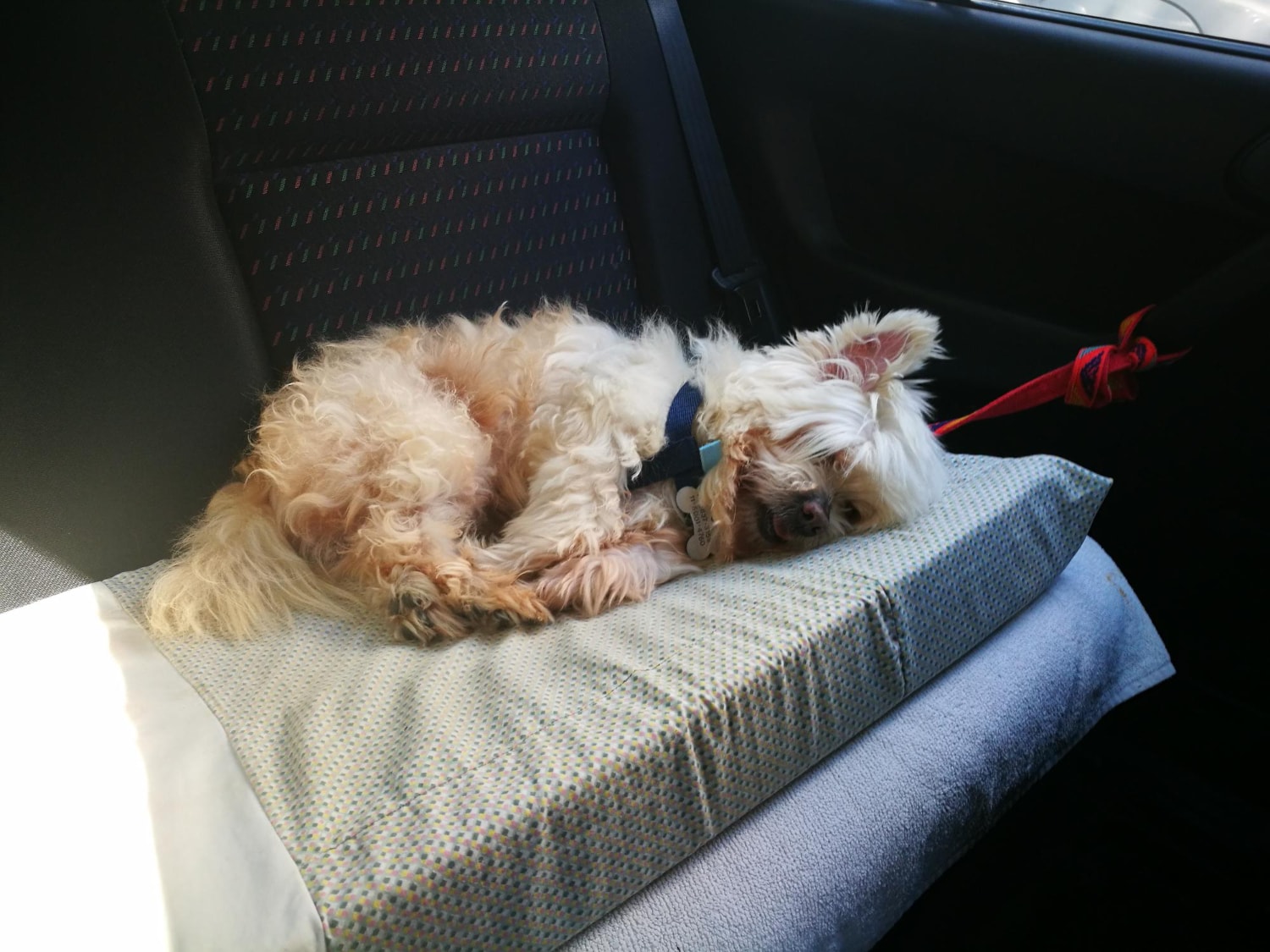
Step Four: Mastering the Art of the Road Stop
Humans can push through five-hour stretches on caffeine alone, but dogs operate differently. They need regular breaks every couple of hours to stretch, toilet, and reset. The difference between a restless, whining dog and a snoozing, content one is often just a decent walk at the right time.
Use these stops to burn a little energy — a quick trot around a park or a short game of fetch can mean the rest of your drive is spent in peace. Plan ahead by marking out dog-friendly rest areas, rest stops, or other pet friendly options along your route. This makes a world of difference when taking on any-sized trip with your dog.
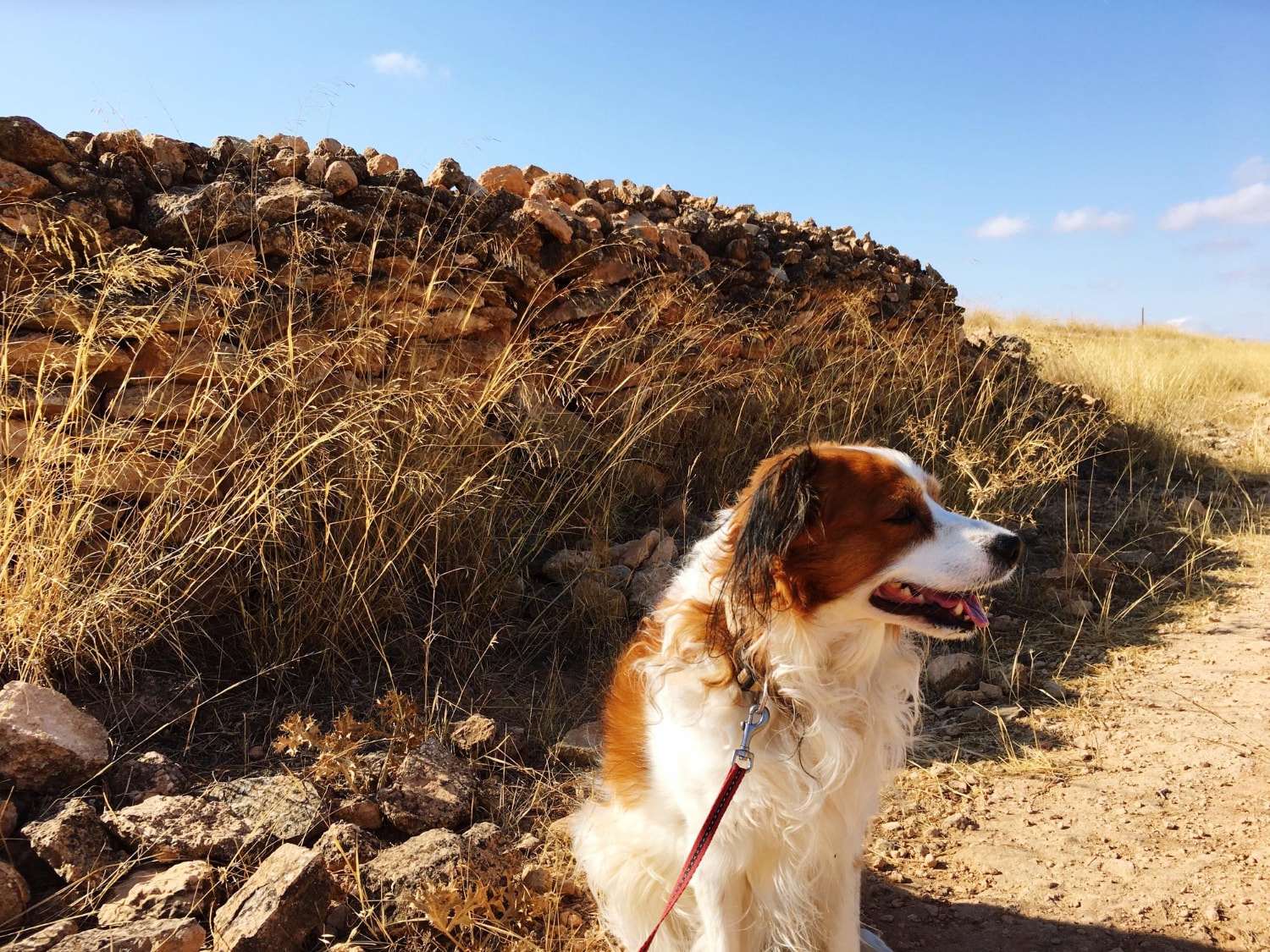
Step Five: Surviving the Aussie Heat
The one non-negotiable rule of road-tripping with dogs in Australia: never, ever leave your dog unattended in a parked car — even for a few minutes. In summer, the car’s interior can heat up fast, turning deadly. Instead, plan your driving around cooler parts of the day, keep water accessible, and make sure your dog stays hydrated with frequent fresh air stops.
Some owners use cooling mats, portable fans, or shade shelters to keep their dog comfortable in warm weather. Heat management isn’t just about comfort — it’s an essential part of your dog’s safety. For pet parents, this is one of the most helpful tips to guarantee a stress free experience on long drives.
Step Six: Making the Journey Fun (Not Just Bearable)
Finally, don’t forget that the road trip should be enjoyable for both you and your furry family members. Dogs love novelty, so introducing new toys, exploring dog friendly destinations, or stopping at quirky roadside attractions can make the journey smoother and more memorable.
The goal is to make the road trip feel like part of the holiday, not just the boring bit before the destination. Keeping your dog entertained helps ease travel anxiety and ensures a more enjoyable journey for everyone.
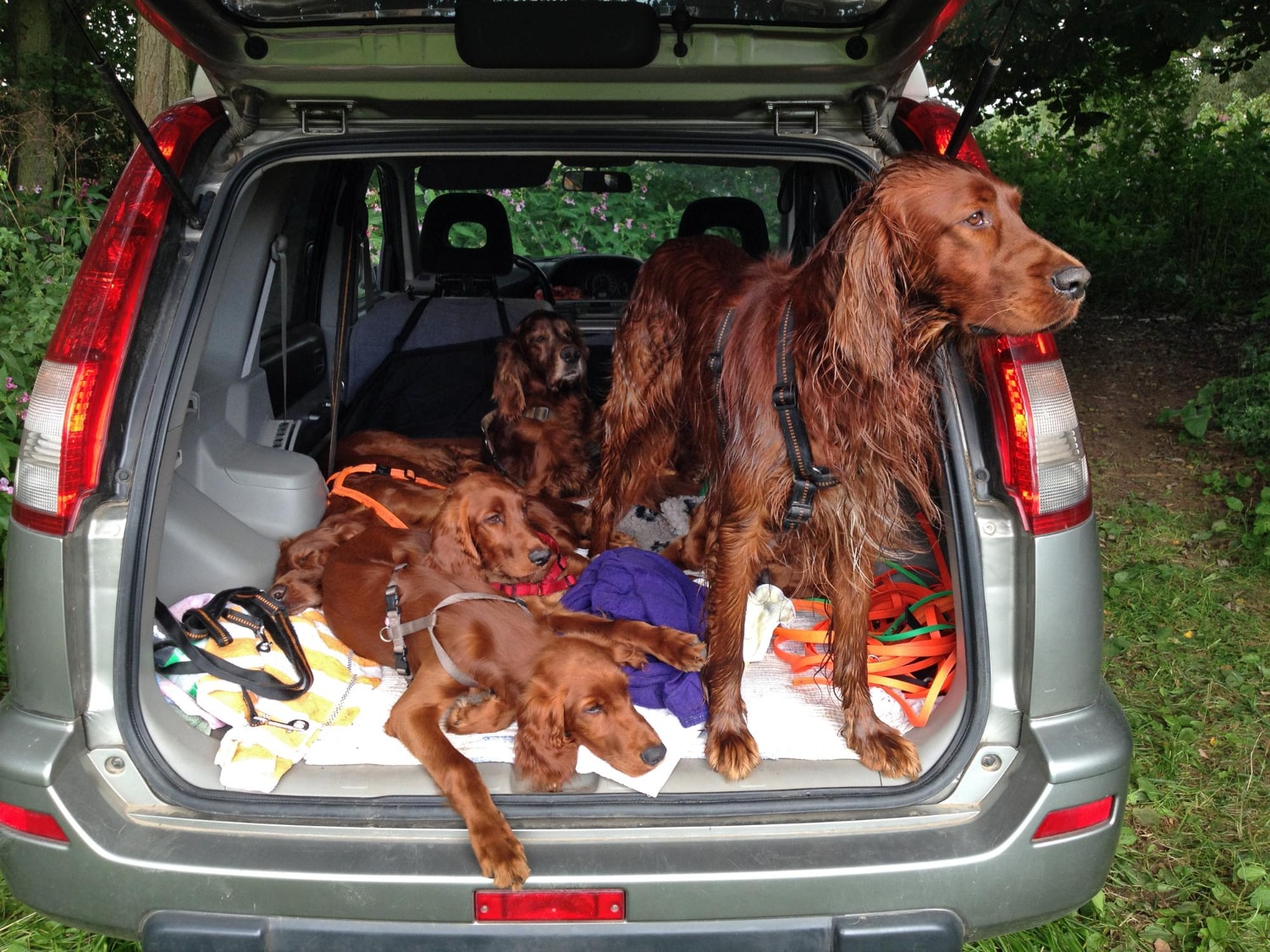
Frequently Asked Questions
What are the absolute must-have dog road trip essentials in Australia?
At the bare minimum for dog packing, you'll need: food, water, bowls, a leash, and a secure travel setup (crate, harness, or seatbelt clip). But “essentials” go beyond the basics. A portable water bottle with an attached bowl is incredibly useful at roadside stops, while a dog first aid kit can be a lifesaver if your pup cuts a paw on a hiking trail. If you’re crossing hot regions, cooling mats and extra shade options (like a pop-up sun shelter) can keep your dog comfortable, although we don't see these as essential - just an addition when temps are hitting 40 degrees. Think of essentials as anything that protects your dog’s safety, health, and sanity on the road.
How often should I stop for my dog on a long drive?
Plan for a break roughly every 2–3 hours AT THE MOST. Dogs need these stops not just for toilet breaks, but also to stretch, reset, and avoid restlessness. If your pup is young or particularly energetic, shorter intervals can help (we have a 5-month-old, trust us!). Use stops strategically: combine toilet breaks with a short walk or play session so your dog is more likely to nap when back in the car. And don’t underestimate the mental stimulation they get from sniffing around — it’s the doggy version of scrolling Instagram on a long flight.
How do I know if my dog is getting too stressed or overheated on the trip?
Dogs can’t exactly say, “Mate, I’m not coping,” so you’ll need to watch for subtle signs that you haven't sufficiently kept your dog hydrated. Excessive panting, drooling, restlessness, or whining can signal heat, anxiety, or a general decline in your dog's health. If your furry companion seems sluggish, unresponsive, or their gums look bright red, it’s time for an immediate cool-down break. For stress, pacing, refusing food, or constant barking are red flags. Knowing your dog’s “normal” behaviour is key; if they suddenly act out of character, don’t brush it off.
Do I need any special paperwork or rules for travelling with a dog across Australia?
Yes — and this is something a lot of people forget. Some Australian states and territories have biosecurity rules that restrict bringing dog food (especially raw meat products) across borders. Always check before you leave to avoid having your dog’s food confiscated at checkpoints. On top of that, certain campgrounds and caravan parks require up-to-date vaccination records. It’s a good idea to carry a printed vet history or digital copy on your phone. It’s not exactly thrilling admin work, but it can save you a major headache mid-trip.
What’s the best way to handle ticks, fleas, and other pests on a road trip?
Australia’s great outdoors is beautiful, but it’s also home to plenty of creepy crawlies. In bushland and coastal areas, ticks are a real concern, especially paralysis ticks in eastern states. Make sure your dog is on a vet-recommended flea and tick preventative before the trip. Carry a tick remover tool in your first aid kit, and give your dog a daily check (especially around ears, paws, and under the collar). If you’re camping, avoid letting your dog roam long grass at dusk when mozzies and other pests are most active; you'll probably end up regretting it.
Where can I find dog-friendly accommodation in Australia?
The good news is that Australia is increasingly pet-friendly. Dog-friendly Airbnbs, campgrounds, and caravan parks are scattered across the country, but always check in advance — “pet-friendly” sometimes only applies to small dogs or outside-only stays. Apps like BringFido or local Facebook groups (Pet-Friendly (WA) Accommodation Stays 🏡🐾🐶, Perth's dog friendly hangouts, Station Stays WA, to name a few in WA) can help you discover options. When booking, ask about fenced yards if your dog is prone to exploring, and remember some National Parks have restrictions — so you may need to adjust your route to stick to dog-friendly trails and accommodation.
How do I plan a dog road trip across long Australian stretches (like the Nullarbor)?
For epic drives, preparation is everything to keep your pet safe. Fuel stops can be hundreds of kilometres apart, so plan both your fuel and dog breaks ahead of time. Carry extra water (at least a few litres just for your dog), shade gear, and enough food for the entire journey. Keep in mind that some roadside motels or rest areas may not allow dogs inside, so factor in campgrounds or dog-friendly stays. The other challenge is wildlife — kangaroos and emus near roads can excite or spook dogs, so always keep them leashed at stops. The golden rule: assume there won’t be supplies or dog-friendly spaces for long stretches, and pack accordingly.
Final Thoughts
Preparing for a dog road trip in Australia is a bit like preparing for one with kids: if you’ve thought ahead, packed smart, and planned for comfort, you’ll avoid 90% of potential disasters. Focus on the road trip essentials — hydration, rest, safety, and fun — and the rest will take care of itself.
For pet owners who want an even smoother journey, remember the golden rules: plan regular breaks, check pet friendly accommodation in advance, and keep a first aid kit handy. Follow these house rules, and you’ll create an enjoyable trip for both you and your furry best friend.
If you're planning an adventure with your dog, we've got you covered with our new dog travel content hub (coming shortly). It covers all of the common Australian travelling routes out of main cities, common travel destinations, and where you can stop along the way to let your dog out for a reset. Keep an eye out, and we'll see you soon!
